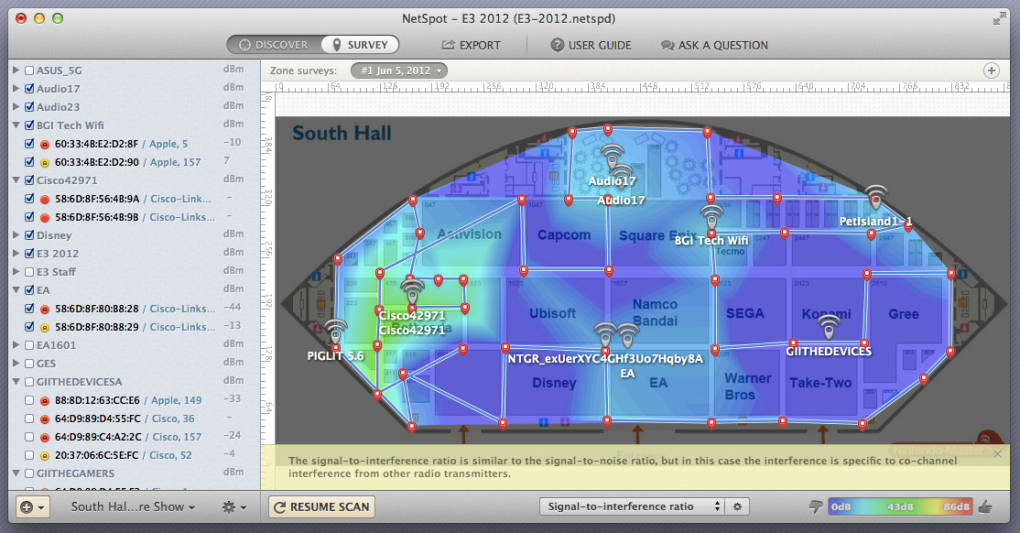

PET is considered medically necessary in situations in which clinical management of the member would differ depending on the stage of the cancer identified and either: Therefore, the use of PET in the diagnosis of lymphoma, esophageal carcinoma, colorectal cancers, and melanoma is rarely considered medically necessary. PET scans following a tissue diagnosis are performed for the purpose of staging, not diagnosis. In general, for most solid tumors, a tissue diagnosis is made prior to the performance of PET scanning. The PET results may assist in avoiding an invasive diagnostic procedure, or the PET results may assist in determining the optimal anatomic location to perform an invasive diagnostic procedure. PET-CT Fusion: The fusion of PET and CT imaging into a single system (PET/CT fusion) is considered medically necessary for any indication where PET scanning is considered medically necessary. Upon individual case review, FDG-PET scanning may be considered medically necessary for other oncologic indications that are not listed as medically necessary below, when the conventional imaging that is indicated for that oncologic indication is equivocal, and general medical necessity criteria for oncologic indications (section B.1. T-cell lymphoma (includes peripheral T-cell lymphoma, Mycosis Fungoides/Sézary Syndrome, primary cutaneous CD30+ T-cell lymphoproliferative disorders).


The identification of members with partial loss of heart muscle movement or hibernating myocardium is important in selecting candidates with compromised ventricular function to determine appropriateness for re-vascularization. The greater specificity of PET makes a SPECT following an inconclusive PET not medically necessary. For use in assessment of coronary artery disease after cardiac transplant.įluorodeoxy-D-glucose (FDG)-PET scans are considered medically necessary for the determination of myocardial viability prior to re-vascularization, either as a primary or initial diagnostic study or following an inconclusive SPECT.The PET scan is used in place of, but not in addition to, a single photon emission computed tomography (SPECT), in persons who meet medical necessity criteria for a cardiac SPECT (see CPB 0376 Single Photon Emission Computed Tomography (SPECT)) or.PET scans using rubidium-82 (Rb-82) or N-13 ammonia done at rest or with pharmacological stress are considered medically necessary for non-invasive imaging of the perfusion of the heart for the diagnosis and management of members with known or suspected coronary artery disease, provided such scans meet either one of the two following criteria: This Clinical Policy Bulletin addresses positron emission tomography (PET).Īetna considers positron emission tomography (PET) medically necessary for the following cardiac indications: Number: 0071 Table Of Contents Policy Applicable CPT / HCPCS / ICD-10 Codes Background References


 0 kommentar(er)
0 kommentar(er)
